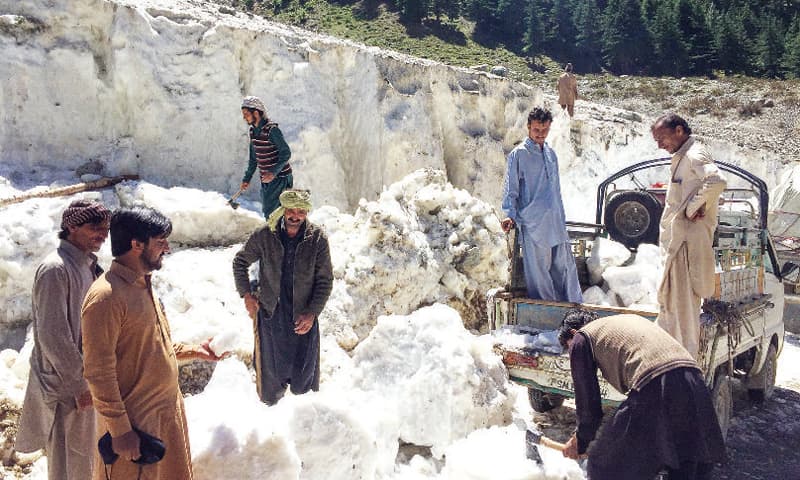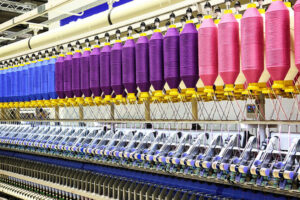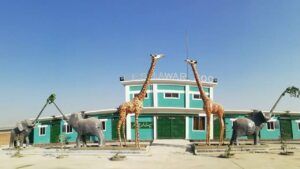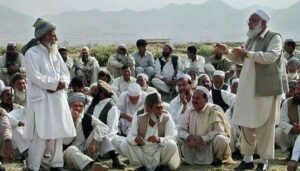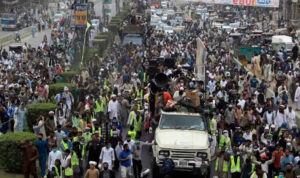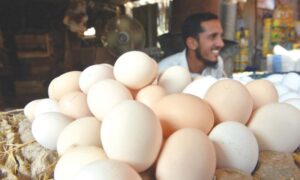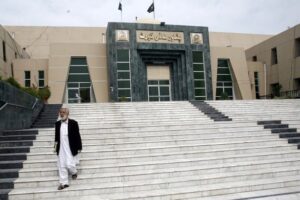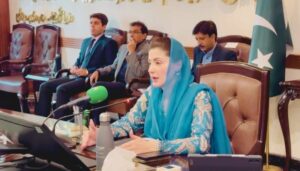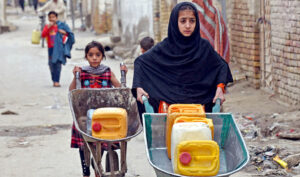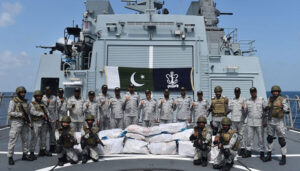Carbon dioxide levels are climbing at a pace unseen in human history. The air grows heavier, and global temperatures climb with quiet ferocity. For Pakistan — a nation already vulnerable — the consequences are no longer projections but daily realities.
Scientific studies reveal that 31 percent of the world’s carbon dioxide is absorbed by oceans, 24 percent by land, while the remaining 45 percent lingers in the air. Over the last century, seas have risen between four and eight inches, threatening to redraw the world’s coastlines and erode the homes of millions.
When the laws of nature bend
For many, this unfolding crisis is not only scientific but spiritual. The universe, believers remind us, operates under the command of its Creator. Rumi once suggested that while most events follow natural law, there are moments when divine power bends the rules.
Pakistan’s recent floods felt like one such rupture. Entire villages were wiped away, homes erased, and rivers carried boulders into places where they had never been seen before. Scientists explain the mechanics — the physics of rain, soil, and erosion — but for survivors, the catastrophe felt like a divine reminder of fragility.
Even science itself holds mysteries that echo this paradox. Heat expands matter, cold contracts it — yet water, approaching freezing, disobeys. Instead of sinking as dense ice, it floats, forming a protective shield. Were it not for this anomaly, ice would sink, suffocating marine life beneath crushing layers. Instead, ecosystems survive. It is, in many ways, an act of mercy built into the chemistry of life.
The human hand in climate change in Pakistan
Yet humanity is now unravelling this balance. Climate change in Pakistan is accelerating through deforestation, unchecked consumption, and a collective indifference to pollution. Weather, once stable, now swings to extremes: harsher summers, unpredictable monsoons, rising seas.
Scientific evidence makes the connection clear: human activity is the engine of this disruption. Each action, however small, adds to the accumulation of greenhouse gases. Alone, one person’s contribution may seem insignificant. But together, they form the storm that now engulfs the globe.
Forests once acted as the planet’s lungs, absorbing carbon dioxide and releasing oxygen. Today, they are falling at alarming rates, sacrificed to agriculture and urban sprawl. The result: more carbon in the air, less life-giving oxygen. Some nations are responding with creativity — Thailand, for instance, scatters seeds from planes to regrow forests.
Finland has pledged carbon neutrality by 2035, while Morocco is racing to cleanse itself of environmental pollution by 2030. These examples show what resolve can achieve.
Pakistan, meanwhile, lags behind. Despite its vulnerability, climate change in Pakistan is still treated as secondary to immediate political and economic battles.
The price of inaction
The cost is staggering. Recent floods inflicted \$14.9 billion in direct damages and a total economic loss of $15.2 billion. For a country already drowning in debt and crisis, climate change in Pakistan has become a knockout blow.
This contradiction defines the nation’s struggle: the evidence is overwhelming, yet decisive action remains elusive. While others plant forests and rewrite their economies, Pakistan debates survival after each disaster.
Rising seas, vanishing forests, and relentless floods are no longer warnings — they are the present. Climate change in Pakistan is no longer a distant possibility; it is here, reshaping lives and landscapes in real time.
The question is whether Pakistan will summon the will to act — or whether hesitation will continue to write the story of loss.

